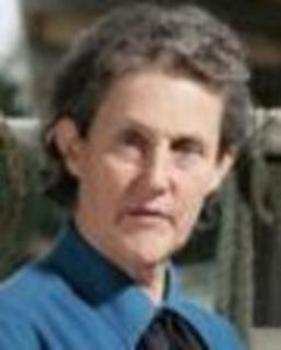Question
What communication deficits are specific to Autism?
Answer
As you know, the behaviors of children with autistic spectrum disorders lie on a continuum of severity from those who develop no functional language at all (about 50%) to those who demonstrate language surface structures that fall near normal limits. However, for those children who do attain oral language, there are a number of characteristic language behaviors that have been identified in the literature related to autism.
Severe deficits in language and communication - especially in terms of social interaction - are the key defining characteristics of autism. While these deficits can certainly be manifested as delays in the development of the language skills, the language of most children with autism is more accurately described as a deviance from the typical developmental progression. For instance, eye contact, if present at all, is fleeting. Children are often described as "looking through" other people. Conversely, more typically developing children use eye contact as a means of communication very early in the developmental sequence - well before they are able to produce true words.
In the interest of keeping this response to a reasonable length, the most common language characteristics are listed below. Obviously, some apply to children at the less severely affected end of the spectrum and some apply to those whose behaviors fall at the more severely affected points.
- Delayed development of language
- Deviance from the typical progression of language development
- Lack of social engagement
- Poor or no eye contact - "looking through people"
- Failure to compensate for lack of language by using gestures or other means to establish communication.
- Inability to enter into social play
- Echolalia (may be used to as a substitute for taking a conversational turn)
- Perseveration on specific topics, phrases, or routines
- Pronoun reversal
- Lack of presupposition skills
- Rote or inappropriate responses to questions
- Monotonal or inappropriate intonation
- Inappropriate responses in social conversation
- Inability to understand humor, double meaning words, puns.
Regardless of where the child falls on the spectrum, the language problems associated with autism are both substantial and pervasive. Consequently, early intervention targeting the development of appropriate social and language skills is of critical importance.
Suggested Readings:
Kuder, S.J. (2003) Teaching students with language and communication disabilities. Boston: Allyn & Bacon.
Paul, R. (1995) Language disorders from infancy through adolescence: Assessment and intervention. St. Louis: Mosby.
Prizant, B. & Rubin, E. (1999). Contemporary issues in interventions for autism spectrum disorders A commentary. Journal of the Association for Persons with Severe Handicapts, 24, 199-208.
Tiergerman-Farber, E. (2002). Autism spectrum disorders: Learning to communicate. In D. Bernstein & E. Tiergerman (Eds.) Langauge and communication disorders in children (4th ed.)
BIO:
Dr. Shari Robertson is an Associate Professor at Indiana University of Pennsylvania. She spent 16 years in the public schools working with preschool and school-age children with a variety of communicative disorders. Her current research focuses on intervention efficacy with preschool children and the development of language and literacy skills. She can be reached at [email protected].

